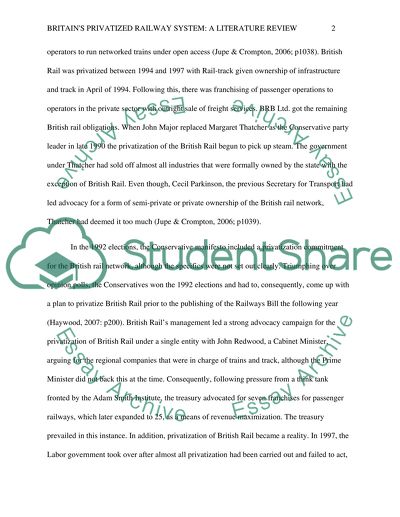Cite this document
(“Britain's privatized railway system Literature review”, n.d.)
Retrieved from https://studentshare.org/finance-accounting/1471255-britain-s-privatized-railway-system
Retrieved from https://studentshare.org/finance-accounting/1471255-britain-s-privatized-railway-system
(Britain'S Privatized Railway System Literature Review)
https://studentshare.org/finance-accounting/1471255-britain-s-privatized-railway-system.
https://studentshare.org/finance-accounting/1471255-britain-s-privatized-railway-system.
“Britain'S Privatized Railway System Literature Review”, n.d. https://studentshare.org/finance-accounting/1471255-britain-s-privatized-railway-system.


